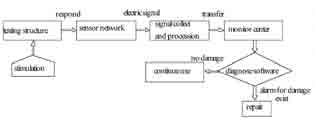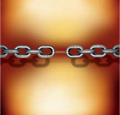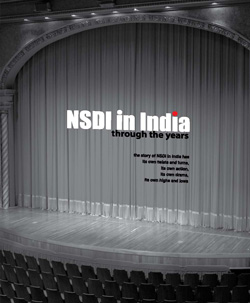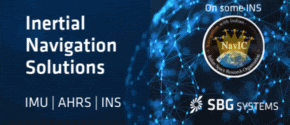Articles in the Surveying Category

It was in the late 1950s that the Tellurometer hit the surveying profession. Certainly it was not the first EDM instrument on the market, that title goes to the Geodimeter which appeared in 1947, but there was a difference. The Geodimeter worked on a light source and as such its maximum range was limited by visibility. The Tellurometer operated on a radiowave which could penetrate most weather conditions and achieved distances up to 100 miles…

Generally, the entire railway line is divided into several sections, and each section is fi nished separately.
Firstly, we need to collect the existing information of one section, such as map and control points. Then, survey the topography of the working area, select position of control points, set the control point network, and produce the control points by GPS static survey…

There are generally 2 types of users of DGPS for professional survey one is the National Mapping Agency and other large govt. organization who undertake Survey projects and the 2nd category is comprising of private survey set ups most of whom are first time users of DGPS and use DGPS to cut down on the time and efforts Involved in surveying with ETS (electronic total station) along with spirit levels…

In the rapidly changing economic, technological, political, and social environment that characterises the world as we see it in the 21st Century, every profession faces major challenges, surveying being no exception. While some of these challenges are common across all professions, others are specific to the surveying community. In this discussion I choose to separate the challenges facing the surveying profession into these two categories…

There are many traditional surveying methods used for the large-scale bridge structure deformation monitor such as the accelerometer measure, the total station surveying and the laser collimation, but these methods are limited by its function of which the continuity, timeliness and automaticity can not meet the need of the large-scale construction dynamic monitor. In recent years, with the GPS hardware and software technology developed, especially the GPS receiver with the high data-collection frequency (for example 10Hz even 20Hz[1][4]) appearanced as well as the GPS data processing was improvement, the GPS-RTK technology applied in large-scale bridge dynamic deformition monitor with real-time or quasi-realtime has become true[2][3].

Geomatics is the art and science of measurements on the surface of earth including what is below the earth and in the oceans. This is the simplest form of definition; more exact and elaborate definition has been produced by FIG¹. In other simple words Geomatics is the new terminology for the centuries old profession of Surveying and Mapping…

The future of the surveying profession is an issue that has been lingering for many years. Recently, the concern has been growing wider and louder among surveyors. Some surveyors contend that the surveying profession, in its current form, is heading towards extinction. Their reasons include a gradual decline in the number of qualified and licensed professionals, impact of emerging technologies, sophisticated and more capable equipment…

Surveying is a service oriented profession, by making maps we do service to the society. The more you serve the society, the more the profession will be known. In a country like India, there is a huge requirement of professionals in the domain of surveying. In the 1970’s a study was done to assess the requirements of the country and even then it was felt that there was need forthree Survey of India (SOI)…

Ten years ago the California Board for Professional Engineers and Land Surveyors (BPELS) attempted to pass a set of rules that required all digital mapping to be performed by Professional Land Surveyors. The motivation for these rules stemmed from the definition of surveying under the California Professional Land Surveyors’ Act, which includes specific reference to digital mapping being within the purview of the Professional Land Surveyor…











 (5.00 out of 5)
(5.00 out of 5)